OSIL Giant Snow Catchers for NERC Research
The National Oceanography Center (Southampton) has recently purchased two Giant Snow Catchers from Havant-based oceanographic systems company OSIL (Ocean Scientific International Ltd.), for use in the NERC funded Shelf Sea Biogeochemistry research program next year.
The shelf seas are highly productive, and have been estimated to be the most valuable biome on Earth, but they are under considerable stress as a result of anthropogenic influences. Their importance to society extends beyond food production to include issues of biodiversity, carbon cycling and storage, waste disposal, nutrient cycling, recreation and renewable energy resources. However, even within the relatively well-studied European shelf seas, fundamental biogeochemical processes are poorly understood. For example: the role of shelf seas in carbon storage; in the global cycles of key nutrients; and in determining primary and secondary production, and thereby underpinning the future delivery of many other ecosystem services.
Marine Snow Catchers are crucial to Carbon Flux studies, Marine Snow Analysis and the examination of the food chain. They provide the best means of collecting the delicate biological material (Marine Snow) from the water column, by allowing a large volume of seawater to be captured and subsequently concentrated through controlled separation with minimal turbulence to produce an undamaged concentrated sample of biological matter.
The Giant Snow Catchers hold a sample of up to 370L. The snow catcher is lowered to the required depth, where the unit is then closed using a messenger system. Once the snow catcher is recovered the unit is left on deck, allowing the delicate particles of biological matter to sink to the bottom of the chamber where, once the overlying water has been released through taps at the side of the unit, a concentrated sample of undamaged marine snow is left behind. To increase visibility for the collection and analyse of the sample matter the biological material is collected in a chamber with transparent viewing windows.
Dr. Richard Sanders (NOC) said,“ We are planning to trial them in an oxygen minimum zone cruise in the Pacific, but to really use them for the NERC Shelf Sea Biochemistry cruise next year. The reason they are so large is to collect enough material to start doing experimental rate measurements on the material, rather than just measure how much there is.”
osil.co.uk




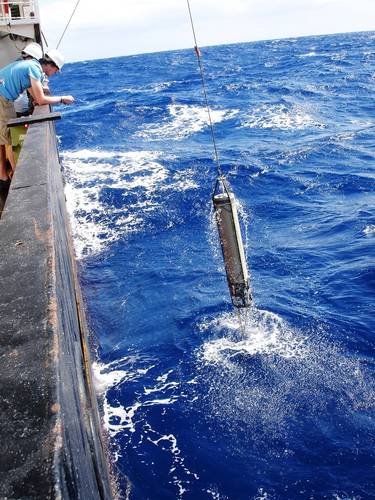

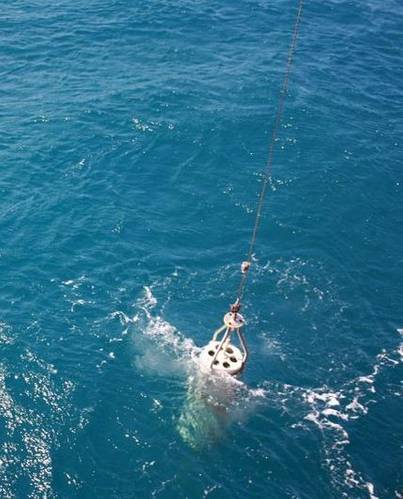
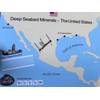
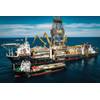


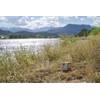
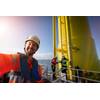







 February 2025
February 2025



